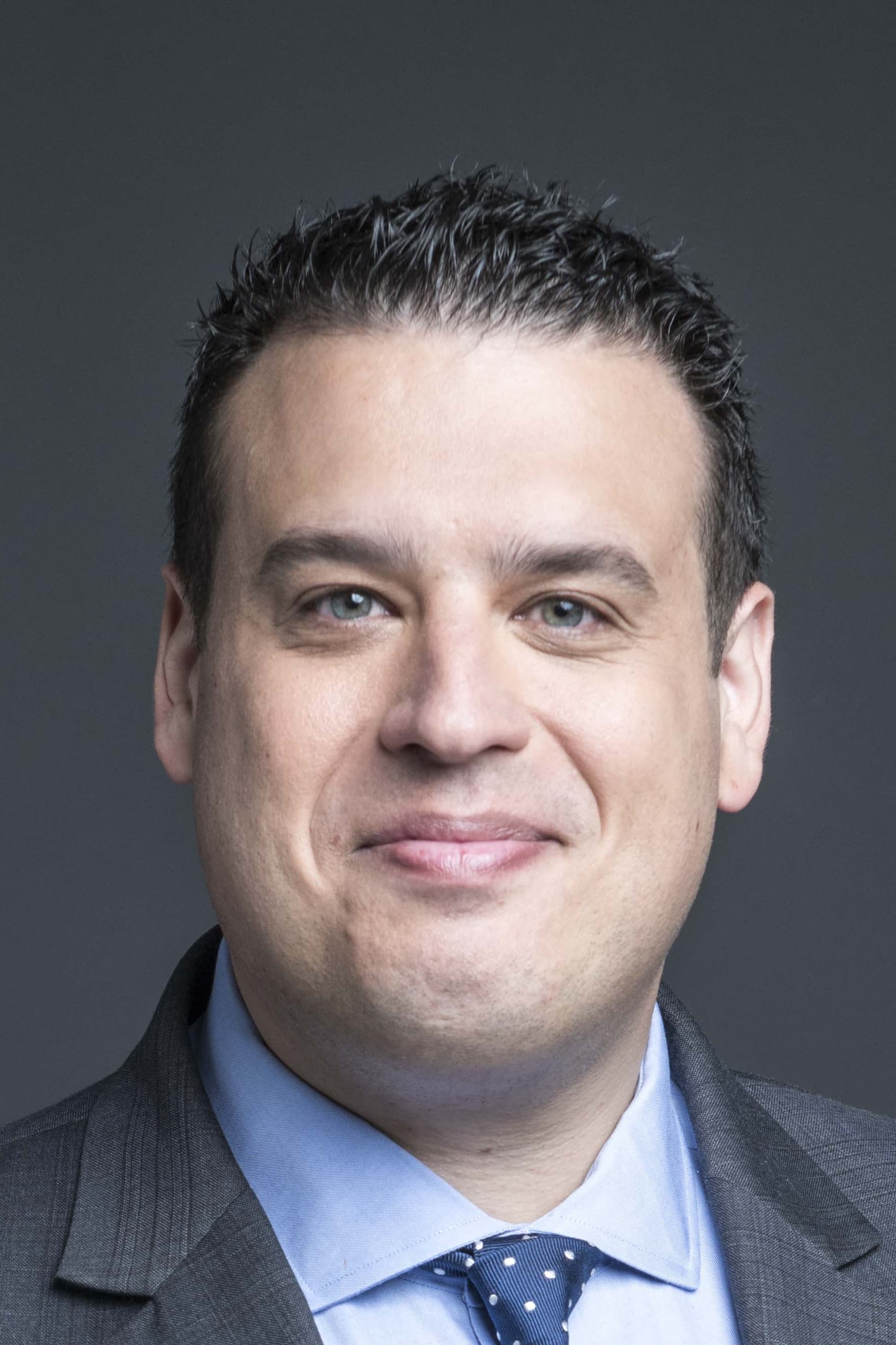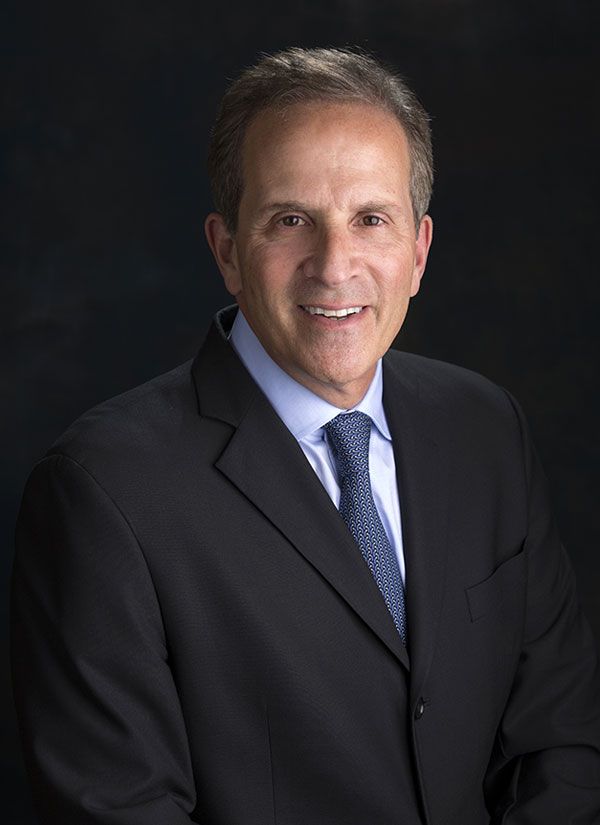Addressing Barriers to Care in the Community Oncology Setting
More work is needed in the community oncology setting to improve barriers to care and enrollment in clinical trials which are often due to geographic location, awareness, and eligibility criteria.
Dna helix enlarged model in bright colors and spots, Generative AI: © Radomir Jovanovic - stock.adobe.com

Disparities in cancer care are growing concerns, particularly for community oncologists as they are often faced with challenges that can limit their patients accessing the best care.
For patients who are being treated in the community oncology setting, enrolling in clinical trials is not always viable, which can delay their access to new treatment options. This is due to several factors, including geographic location, awareness, and eligibility criteria.
According to Joshua Richter, MD, and Neal D. Shore, MD, FACS, an increased focus from the FDA, as well as other regulatory agencies and the research community at large, has been placed on the biases seen throughout the years in clinical research.
“The reality is that this is not simply a theoretical social construct. These biases have major implications, because there can be differences in how therapeutics work in people of different age groups, different sexes, different races, different backgrounds,” Richter, associate professor of medicine, division of hematology and oncology at the Tisch Cancer Institute Icahn School of Medicine, and the director of multiple myeloma at the Blavatnik Family-Chelsea Medical Center at Mount Sinai, told Targeted OncologyTM in an interview.
“Folks in biopharma have [also] dedicated prioritization and funding and capital resources so that we can improve upon this disparity,” added Shore, the director of the Carolina Urologic Research Center, Atlantic Urology Clinics in Myrtle Beach, South Carolina, in an interview with Targeted OncologyTM.
Skew of Geography
Community oncologists often serve patients who are in more rural areas or who have limited access to transportation. This can make it difficult for patients to travel to larger medical centers, where most clinical trials take place.
Although 17% to 20% of individuals living in the United States reside in rural areas, only 3% of oncologists in the United States work in those areas.1 With fewer providers, it is difficult for patients to receive care close to home, often resulting in patients needing to travel longer distances to see their providers.
Further compounding these issues, studies have shown that residents of rural areas have lower rates of cancer screening and access to lower quality cancer care compared to those in urban settings. According to a study published in Oncology (Williston Park), residents of rural areas tend to be older, engage in more risky health behaviors, and tend to follow their preventive care regimens less than patients in urban or suburban areas. This results in individuals in rural locations being at higher risk of cancer and other chronic diseases compared with their urban and suburban counterparts.2
Other studies have also suggested that some cancers are seen more often in rural areas compared with urban areas, including lung and colorectal cancers. In rural areas, the higher incidence rate of lung cancer is generally linked with higher rates of tobacco use. For colorectal cancer, higher rates are most likely due to increased obesity and a lower adherence to screening. With this, the death rates for the leading causes of cancer mortality, including lung, colorectal, pancreatic, and breast cancers, are higher in rural areas than they are in urban and suburban locations.3
Joshua Richter, MD

In addition, there tends to be limited access to transportation in rural areas. Without access to public transportation or the financial ability to drive to see a provider, it is more difficult for patients in rural areas to access high-quality cancer treatments.
“The community oncologist may often see patients that don't have the economic flexibility to travel to a medical center or an academic medical center. They may see patients that are sicker and that may not be able to make that journey. [The patient] may only be able to go 5 or 10 miles down the road and not travel [for] hours,” explained Richter.
There tends to be a skewing of the type of patient who goes to an academic medical center due to these geographic reasons. Since academic centers are not located in every town, many patients are required to spend a significant amount of time and money to be able to get there and receive care.
Along with longer travel times, patients with cancer in rural areas are often faced with higher rates of financial hardship, lower insurance rates, lower rates of cancer screening, and poor access to standard care in these settings.
“Because our community counterparts see such a diverse group of patients, this is our opportunity to engage with them, and to do clinical trials together,” said Richter. “There are going to be certain early-stage therapeutics that require a lot of resources and things that may not be available to your average community oncologist, but there can be a collaboration to either provide that type of therapy, where patients go back and forth between academic and community [settings], or once we have a general understanding of some of the basics, try to port as much of this as possible to our community colleagues.”
Diversity in Clinical Trials
Clinical trials are essential to evaluate the safety and efficacy of novel and potential treatments for patients with cancer. However, many patients never enroll in clinical trials, resulting in certain patient populations being underrepresented.4 Racial and ethnic minorities are among the most underrepresented patient populations, but they are particularly affected as they tend to have the greatest cancer burden in the United States.
Further, these patients are often underinsured, cannot afford the expenses related to participation in a trial, and may not meet the clinical criteria due to comorbidities or age restrictions. According to Shore, with this under-enrollment, the generalizability of research findings is reduced, representing a disparity in patients’ access to high-quality health care.
“There's a few major things that are impediments towards diversity in clinical trials. One of them is an unfortunate history that our country has had with several racial and ethnic groups in terms of trials and unethical behavior, things including the Tuskegee experiments, Henrietta Lacks, and there are certain groups that have concern about engaging in clinical trial efforts because of concern for unethical experimentation,” added Richter.
The Tuskegee Legacy Project was created to further understand if and how the Tuskegee syphilis experiment impacted trial recruitment and retention of African Americans patients into biomedical studies.5 Researchers on the study determined that there was no difference in self-reported willingness among African American patients to participate in biomedical research. They concluded that the strongest inhibitors of participation were low levels of awareness of eligibility for clinical trials.5,6
Neal D. Shore, MD, FACS

“Whether it's a government-sponsored study or an industry-sponsored study, we desperately need more quality clinical trial sites,” explained Shore.
Barriers to Participation
Many patients face barriers to participation in clinical trials, such as lack of awareness, concerns about privacy, and financial concerns. Along with patients and providers not being aware of clinical trials that are available to them, these studies often have strict eligibility criteria that can exclude many patients. This is especially true for patients who are older or have comorbidities.
Richter explained that there is an entity which used to be called benign ethnic neutropenia, saying, “How do we know what a normal blood count is? Well, 100 years ago, we volunteered first-year medical students, got an average of 2 standard deviations above and 2 standard deviations below, and that's a normal range. Back then, your average medical student was a 30-year-old, White Anglo-Saxon Protestant male with no medical problems. It turns out that people of different racial groups will have different normal ranges for their blood counts.”
From this, researchers identified that for patients of African and African American descent, the Duffy null antigen can help figure out who, from a genetic basis, will have a slightly lower white blood cell count. According to Richter, while this lower white blood cell count does not predispose patients to more blood cancers or infections, it causes barriers in clinical trials.
“If a clinical trial requires a certain level, and [a patient is] just below it, [they will] be excluded. There are now efforts to develop clinical trials that take this into account to make sure that we don't exclude patients because they have a slightly lower white [blood cell] count than their Asian or Caucasian counterparts,” said Richter.
These findings highlight the problem that some eligibility criteria for clinical trials are very strict and may exclude many patients from being eligible for enrollment in any given study. For example, a trial may only enroll patients with a specific type of cancer, and it may exclude patients who are older than a certain age or who have other medical conditions.
Eligibility criteria often are also complex and difficult to understand. For patients, it may be difficult to know whether they are eligible for the study; and for providers, it can be difficult to know whether they can or should refer patients to trials. Further, lack of awareness becomes an issue as patients are often not aware of the clinical trials available to them.
“I'm in South Carolina. We have a high non-White population, which I think is fantastic because historically, and even contemporaneously, we have way too many trials that are underrepresenting non-White populations, but we still are falling short with many different non-White groups. We have to do better, because there are different responses to not only therapeutics, but to biomarkers as well,” said Shore.
Advice to Community Oncologists and Academicians
According to Richter and Shore, there are 2 key pieces of advice for community oncologists. The first is that oncologists at academic centers are always willing to help.
“If you are seeing a patient and you are not sure whether a trial may be right for them, we're always happy to take phone calls and chat about patients. I would rather 10 phone calls in a row that don't lead to patients going on trial rather than missing 1 for a patient to say, ‘Yes, we can do this trial. We can give them the drug.’ But they can follow-up with [the community oncologist] for supportive care, regular count checks, etc.,” Richter said.
There also must be increased diversity in clinical trials and reduced barriers to participation. This can involve anything from outreach to underrepresented populations to offering financial assistance to patients in need.
To reduce the many barriers faced by patients when enrolling in trials, the process of informed consent could be simplified, transportation assistance can be an easier accommodation, childcare services could be provided to patients, and more.
“For academicians, when designing trials, not everything needs to be done at homebase. One of the things that we're seeing with a lot of large academic centers is the incorporation of satellite sites into their paradigm. I think they're kind of underpinning as feeder sources for clinical trials. It doesn't all have to be flowing inward. Let's try to get some flowing back outward,” added Richter.
Increased collaboration between community oncologists and academic centers is also vital to better outcomes for patients with cancer, whether that means developing satellite sites for clinical trials, sharing data, utilizing the same resources, or even providing educational opportunities for community oncologists to learn more.
“There's a lot of ways we can improve that with better communication, better education, and better involvement of underrepresented populations, not only in the [United States], but in the Caribbean, in Africa, in the Middle East, in Latin America. We have opportunities in front of us and I think it's great that finally, after many decades, it's a high priority of all the national and international organizations from [the American Society of Clinical Oncology] to [the European Society for Medical Oncology,” concluded Shore.
Access to clinical trials can only be made easier by addressing these barriers. It is important to continue to address these issues and ensure that all patients have the opportunity to participate in trials and obtain new and potentially life-saving therapies.
REFERENCES
1. Moscovice IS, Parsons H, Bean N, et al. Availability of cancer care services and the organization of care delivery at critical access hospitals. Cancer Med. 2023;12(16):17322-17330. doi:10.1002/cam4.6337
2. Charlton M, Schlichting J, Chioreso C, Ward M, Vikas P. Challenges of rural cancer care in the united states. Oncology (Williston Park). 2015;29(9):633-640.
3. Henley SJ, Jemal A. Rural Cancer Control: Bridging the chasm in geographic health inequity. Cancer Epidemiol Biomarkers Prev. 2018;27(11):1248-1251. doi:10.1158/1055-9965.EPI-18-0807
4. Hamel LM, Penner LA, Albrecht TL, Heath E, Gwede CK, Eggly S. Barriers to clinical trial enrollment in racial and ethnic minority patients with cancer. Cancer Control. 2016;23(4):327-337. doi:10.1177/107327481602300404
5. Katz RV, Kegeles SS, Kressin NR, et al. Awareness of the Tuskegee syphilis study and the US presidential apology and their influence on minority participation in biomedical research. Am J Public Health. 2008;98(6):1137–1142.
6. Katz RV, Kegeles SS, Kressin NR, et al. The Tuskegee Legacy Project: willingness of minorities to participate in biomedical research. J Health Care Poor Underserved. 2006;17(4):698–715.
Wave of Innovation Reshapes Treatments for Genitourinary Cancers
January 18th 2024Francesca Jackson-Spence, PhD, and Matthew Young, MD, delved into the major advances in genitourinary cancer treatment, including breakthroughs in immunotherapy, targeted therapies, and early detection that offer new hope for patients.
Read More
Promising Road Lies Ahead for Bispecific Antibody Combinations in Hematologic Malignancies
November 7th 2023As a monotherapy, bispecific antibodies have demonstrated antitumor activity in heavily pretreated patients with B-cell and T-cell hematologic malignancies, but much work is needed to determine the optimal setting.
Read More